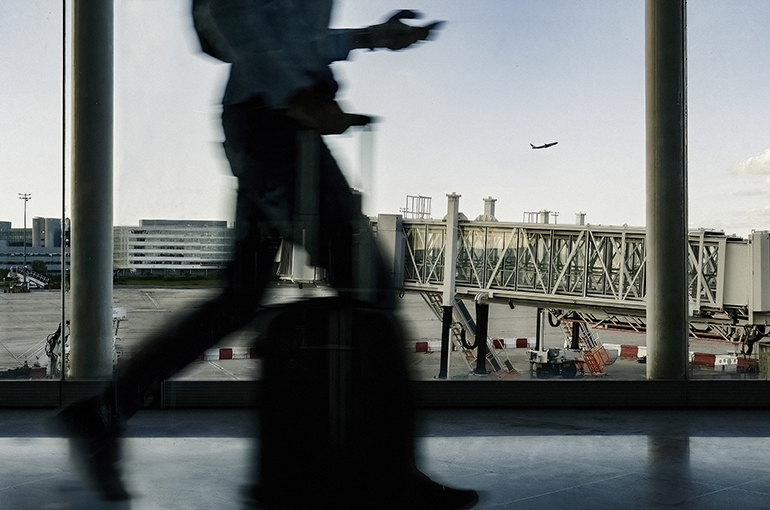 Chinese Airlines Are Underperforming Due to Shift in Passenger Mix, Demand, Insiders Say
Chinese Airlines Are Underperforming Due to Shift in Passenger Mix, Demand, Insiders Say(Yicai) Nov. 17 -- Changes in who is flying and where to along with intense competition and falling fares mean many Chinese airlines are unprofitable despite record passenger numbers, according to industry insiders.
China’s airlines logged a record high number of passenger trips last year, but the average economy class fare tumbled almost 13 percent from 2023, Wang Lei, general manager of flight information provider Flight Master's data business department, said at a recent industry forum. In addition, the price fell 5.7 percent in the first nine months of this year from a year earlier, he noted.
The problem lies in carriers clustering and going head-to-head on the same long-distance routes, combined with changes in the passenger mix after the Covid-19 pandemic, which has prompted calls for them to reallocate capacity toward underserved, niche, and lower-tier markets and to deploy smaller aircraft types.
Demand from second- and third-tier cities is on the rise, yet domestic airlines often deploy larger jets on a shrinking set of routes, said Xie Wei, vice president of marketing at Embraer China. Wang labeled the regional and niche tourism market a new “blue ocean” for growth.
Flight Manager’s data show 65 percent of capacity is concentrated in high-density markets (more than 800 one-way passengers per day) and that 52 percent of routes face competition from five or more carriers, higher than the 24 percent in North America and 16 percent in Europe.
"Lower-tier markets with regional and niche tourism are becoming new vast markets driving the overall growth of the civil aviation sector," Wang pointed out.
The passenger mix has shifted from business travelers toward leisure tourists, with younger people leading the recovery and favouring less mainstream destinations, noted Peng Peng, president of Embraer China.
"Airlines need to target the expansion in second-, third-, and fourth-tier cities with less than one flight a day, cities with no high-speed rail services or rail journey times of more than four and a half hours, as well as short-haul international routes to neighboring countries," Peng said.
Carriers could consider adding smaller narrow-body planes in the 100 to 140-seat class to serve emerging lower-tier markets where demand is growing but absolute volumes remain modest, according to some experts.
China's three biggest state-owned airlines -- Air China, China Eastern Airlines, and China Southern Airlines -- reported losses in each year from 2020 to last year, with their total loss exceeding CNY200 billion (USD28.2 billion), according to data from Wind Information. They swung into the black last quarter.
Juneyao Airlines saw its profit fall 14 percent in the nine months ended Sept. 30 from a year earlier, while Spring Airlines reported a 10 percent drop.
Editor: Martin Kadiev